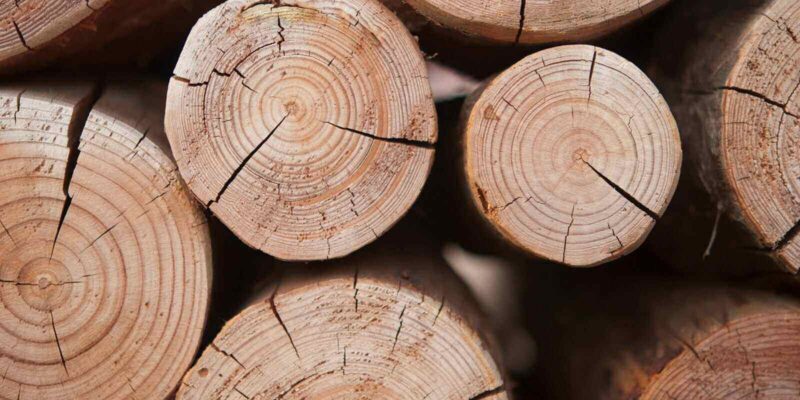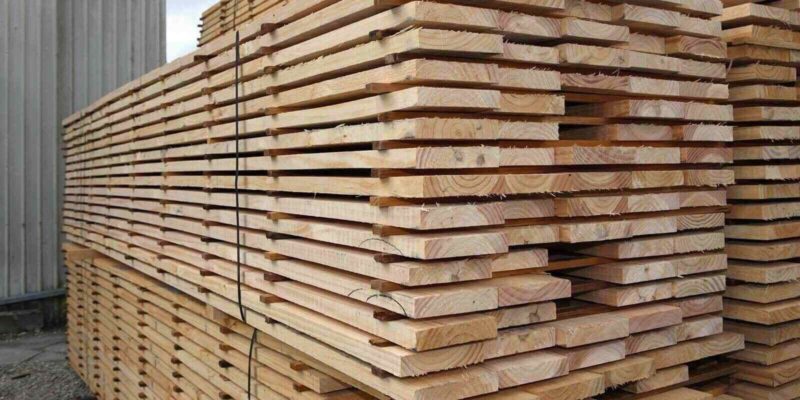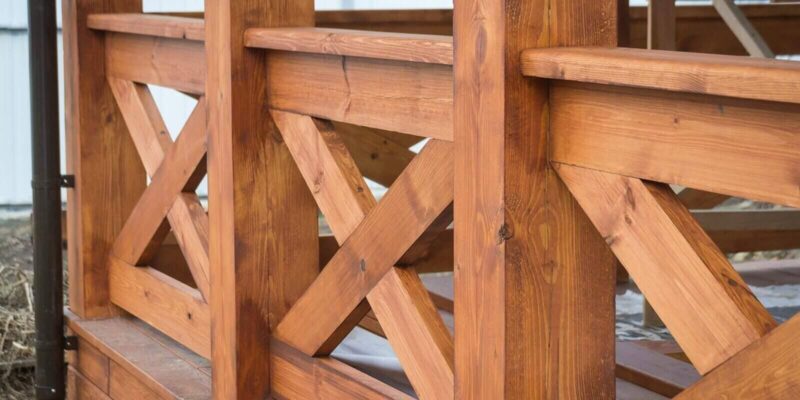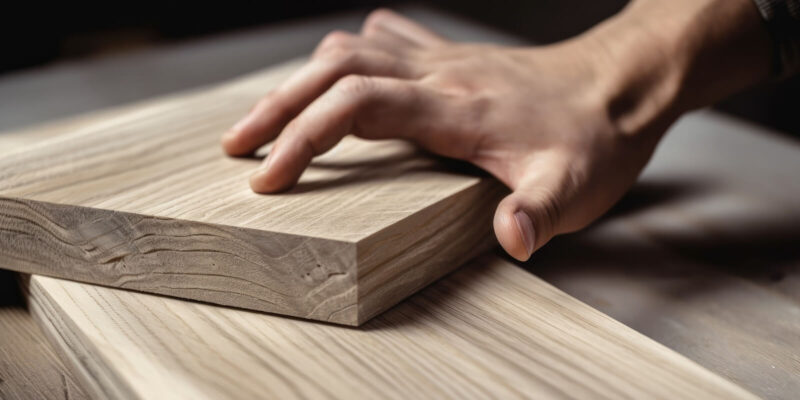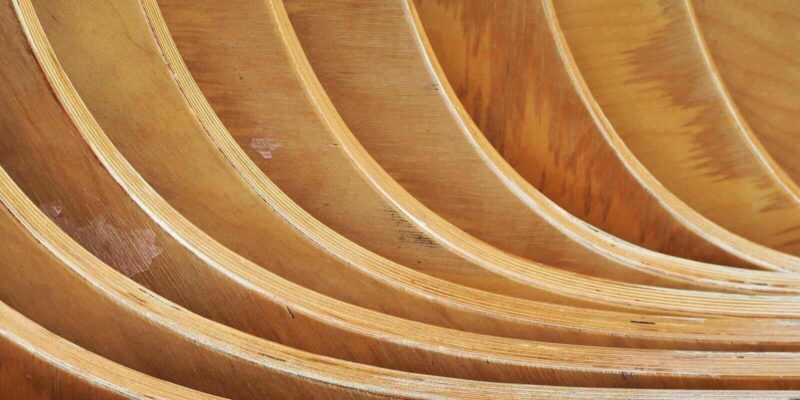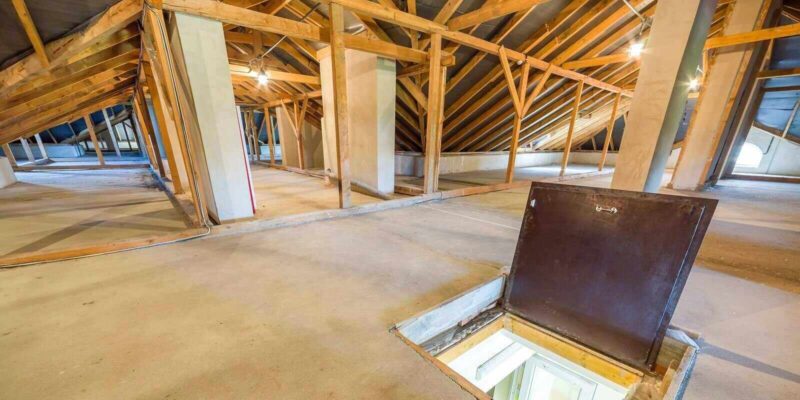Wood is a versatile, natural building material used for both structural and decorative purposes. While some woods are naturally resistant to decay and insects, most are not; and all wood is susceptible to fire. Given its historic and continued popularity in construction, it’s no wonder that finding ways to protect wood against its natural vulnerability […]
Blog
Choosing Between Kiln-Dried and Fire-Treated Wood
Kiln-dried lumber and fire-treated wood are two different processes used to reduce moisture content in wood, but they serve distinct purposes and involve different methods, as described below. Kiln-Dried Lumber Process: Kiln-drying involves placing the wood in a large oven or kiln where temperature, humidity, and air circulation are controlled. Purpose: The primary goal is […]
The Hidden Benefits of Pressure-Treated Wood in Construction
When constructing residential and commercial buildings, much more goes into the structure than just what is visible on the outside. Pressure-treated wood is a powerful option for buildings of any shape or purpose. Discover the types of pressure-treated wood used in construction to withstand threats posed by fire, water and insects to enhance long-term structural […]
Codes and Regulations: Navigating Building Standards with Pressure-Treated Wood
Wood that is pressure-treated with preservative and pest resistant chemicals is a common building material. While it may be used in many areas of a structure, building codes require its use for some applications. It is important that architects, engineers and construction companies know their local building codes and regulations related to the use of […]
The Science Behind Fire Retardant Wood
Multiple types of wood are used for residential and commercial construction every day. From the supportive structures that form the skeleton of the building to decorative paneling that accents a client’s vision, wood is an essential part of buildings, both large and small. However, the appeal of wood goes beyond its sturdiness or aesthetic notions. […]
6 Uses for Fire Retardant Plywood
Construction comes with strategic decisions, from the orientation and layout of a building and its internal workings to the types of materials that are best suited for the project. Fire retardant plywood is a common choice across many industries, even though most uses of the material go entirely unnoticed by visitors. Here is an overview […]

